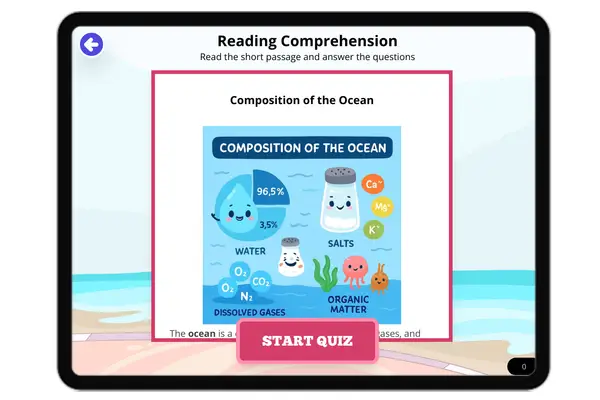Vertical Farming — Passage
Vertical farming is an innovative method of growing crops in vertically stacked layers, often in controlled environments like skyscrapers, warehouses, or shipping containers. This approach uses technologies such as hydroponics, aeroponics, and artificial lighting to optimize plant growth.
One of the main benefits of vertical farming is its sustainability. It uses significantly less water than traditional farming, as water is recycled within the system. Additionally, vertical farms can be located in urban areas, reducing the need for transportation and lowering carbon emissions.
Vertical farming also allows for year-round crop production, regardless of weather conditions. This makes it an ideal solution for addressing food security in regions with limited arable land or harsh climates. Furthermore, vertical farms eliminate the need for pesticides, as the controlled environment reduces the risk of pests and diseases.
However, vertical farming faces challenges, such as high initial costs and energy consumption. Despite these challenges, it is seen as a promising solution for sustainable agriculture in the future.
Fun fact: A single vertical farm can produce the same amount of food as 10 acres of traditional farmland!
What is vertical farming?
Growing crops in horizontal fieldsGrowing crops in vertically stacked layersRaising livestock in tall buildingsFishing in deep ocean watersWhat technology is commonly used in vertical farming?
Traditional soil farmingHydroponics and aeroponicsRainwater harvestingSolar panels onlyWhat is one benefit of vertical farming?
It uses more water than traditional farmingIt reduces the need for transportationIt requires more pesticidesIt depends on weather conditionsWhere are vertical farms often located?
Rural areasUrban areasDesertsMountainsWhat is one challenge of vertical farming?
Low energy consumptionHigh initial costsLimited crop varietyExcessive water usageWhat does vertical farming eliminate the need for?
Artificial lightingPesticidesSoilCropsWhat is the fun fact about vertical farming?
It produces less food than traditional farmingA single vertical farm can produce the same amount of food as 10 acres of traditional farmlandIt is only used for growing flowersIt requires no energyWhy is vertical farming considered sustainable?
It uses more water and energyIt reduces carbon emissions and recycles waterIt depends on weather conditionsIt increases the need for transportation



















